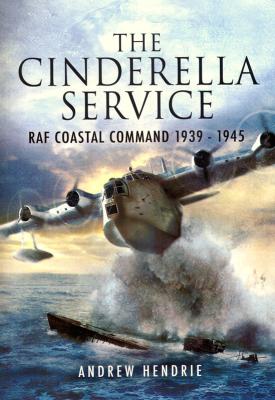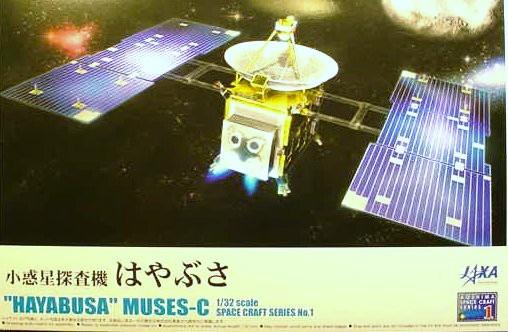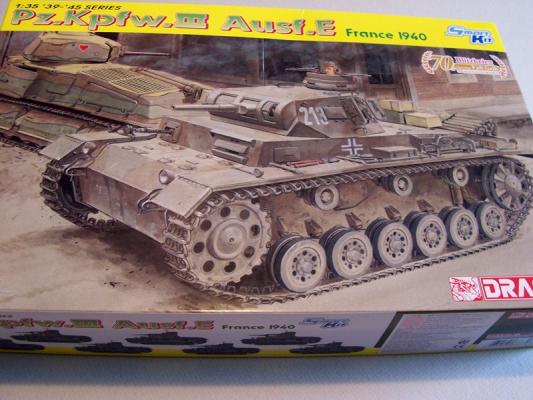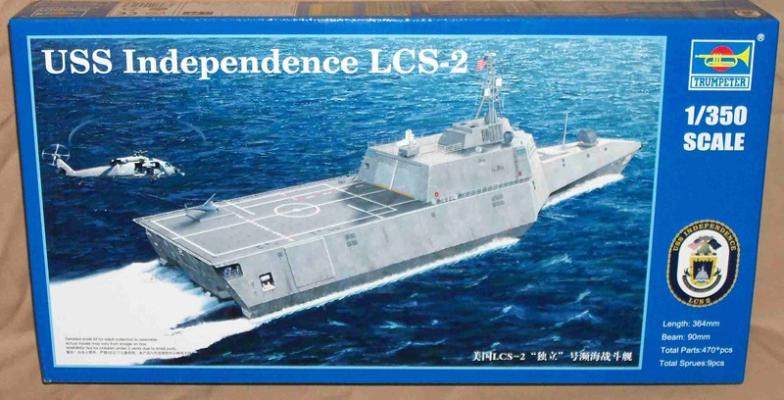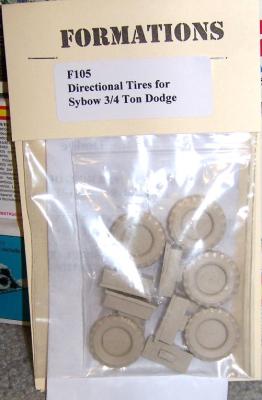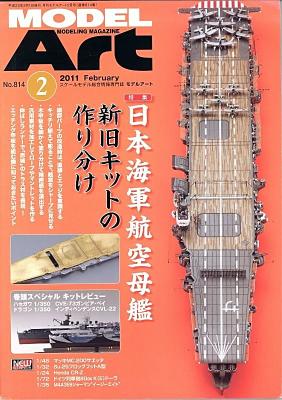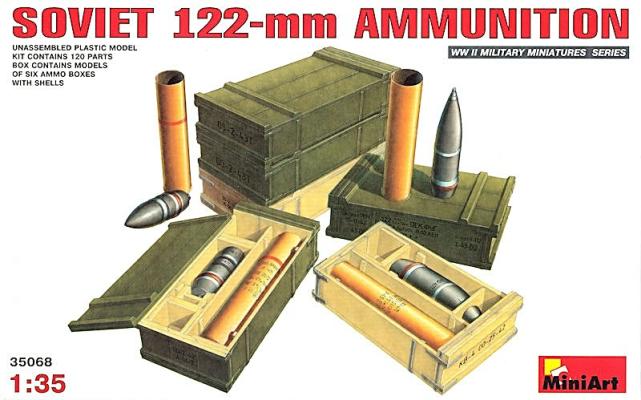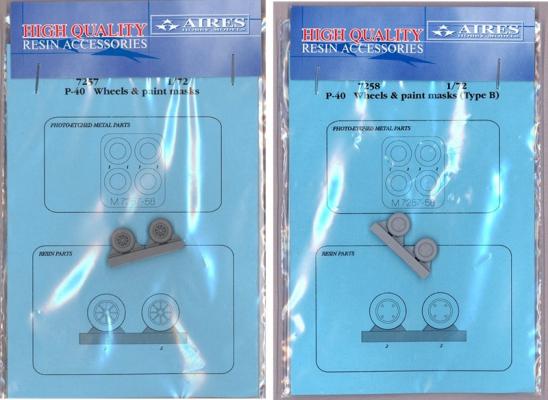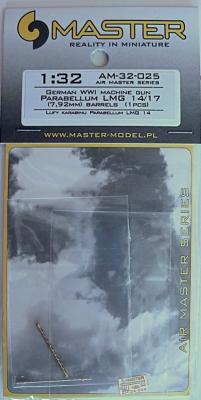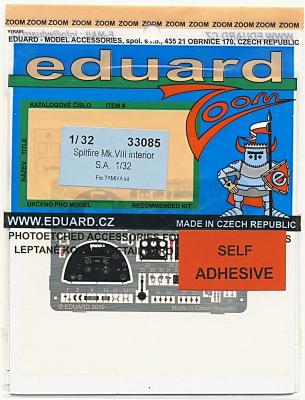In 1936, the Royal Air Force reorganized into a series of task-specific commands; the most famous were Fighter Command and Bomber Command, which played very public roles in the defeat of Nazi Germany. However, another, perhaps more vital battle was being fought by an unsung command over the frigid waters of the North Sea and North Atlantic – Coastal Command. Its role in defeating the U-boat threat and keeping the seas open for vital supply convoys to reach Britain enabled the beleaguered country to weather the nadir of the war in 1941-2, allowing the US to resupply the British armed forces and build up her own troop strength on British soil prior to the liberation of mainland Europe. That important role has been largely unsung over the years, earning the Command the nickname of the ‘Cinderella Service’ that inspired the title of the book.
What's New
A Brief History
For seven years, 1 month and 4 days, Hayabusa (translated as Peregrine Falcon) traveled to and from the asteroid, 25143 Itokawa. Returning to Earth, the Hayabusa, or more precisely, that portion of the spacecraft designed for re-entry and landing on Earth, landed near Woomera, Australia. Hayabusa returned particles of the asteroid for study, resulting in a significant advance in our knowledge of asteroids and, at the same time, setting a high standard for future flights of this nature.
HISTORY AND PERFORMANCE
The Pz. Kpfw. III Ausf. E was the first in the series to go into extended production. 96 vehicles were manufactured from December 1938 until October 1939. Additional armor was included, along with the standardization of six road wheels per side, while the main armament consisted of the 37 mm KwK L/46.5, along with two 7.92 mm MG34 mounted in the turret, plus a single 7.92 mm MG34 mounted in the front of the hull. This tank saw service in Poland, France, and Greece.
Growing up near the beach, I saw plenty of double and triple-hull sailboats. I always thought that they were so cool and fast. So then I saw photos of the triple hull USS Independence, I knew I had to have a model of this ship. It looks so cool and fast, rumors are speed capability of 50+ knots.
The kit is modeled in typical Trumpeter gray and clear and consists of seven sprues (two clear), an upper hull, lower hull and three photo-etched frets. Also included with the kit are typical twelve page Trumpeter instruction booklet, a decal sheet, and a five-view color painting and marking guide.
Looking at each of the sprues, I found that the detail was crisp with no flash. However, I did find some ejector pin markings that need to be addressed, specifically in the hanger bulkheads. If you plan to keep the hanger door closed, as I plan to, you won’t have to deal with these.
Editor's note: This is a combined product review using Formations and Celticwerks kits as described by author. Both products are noted as "Special Order" by author. Contact product manufacturers as noted. Formations parts are noted by author as $12.00 .
Model Art magazine is a very well known model magazine from Japan. It seems to do well selling here, even though it is written completely in Japanese. They really do believe in the saying “a picture is worth a thousand words”. There are so many wonderful pictures in this magazine that you can really tell what is going on.
The magazine is 7 1/8 inches X 10 1/8 inches and is printed on glossy stock. Most of the pictures are in color and also a lot of black-and-white, toward the back. This magazine looks more like a trade paperback than a magazine, and it has a superb binding. No pages falling out here! This book is built to last for many projects to come.
This kit consists of a set of 122mm ammunition and their transportation crates. Included in the kit are 6 identical sprues with one set of decals for the markings on both the ammo and the crates. You can make either a BR-471 APHE shell and its corresponding crate or OF-471 High Explosive fragmentation shell and its crate. You can make all of one type or a mixture of both. I built 3 of each type.
The construction of the crates is fairly straightforward. There are two sequences to follow according to which type of shell you want to build. I followed the instructions exactly on the first crate and found it was not as easy as I had expected. So I changed the sequence as follows:
Aires now offers two types of resin wheels for detailing P-40 models built from 1/72 Academy kits (as well as those marketed by other kit manufacturers). By producing these two sets, Aires actually provides something for detailing all versions of the P-40 (and P-36) in 1/72 scale. Both sets also include pre-cut vinyl paint masks and painting instructions. The resin castings feature crisp details and are accurate representations of the real thing.
Set #7257 provides a pair of wheels with straight tread tires on the later style eight-spoke hubs that Curtiss introduced with the N model P-40. They are more accurately detailed than the kit wheels provided in the Academy kit…that have a diamond tread pattern. These wheels, in reality, were actually smaller than the ones equipped on all previous P-40 versions, but in 1/72 it is difficult to tell that the Aires wheels are the same size as the wheels in set #7258.
Although suitable for other 1:32 scale kits, this Master barrel set is aimed at the new Wingnut Wings WWI two-seater aircraft such as the Hansa-Brandenburg W.29 or the LVG kits. Meant as a turned brass barrel replacement, along with a carry handle, side bracket and sights in PE brass, the parts are finely made and, other than the two barrel parts, very tiny.
Installation is simple. Cut off the plastic barrel assembly, drill out an appropriately sized hole, assemble the brass barrel and cooling jacket and CA them into the hole. The rest is not so simple.
Working with the tiny photoetched parts for the carry handle, sights and side bracket is frustratingly difficult. The handle has little contact area to glue to the cooling jacket, once you get it bent into proper shape. Some reviewers have said these are meant to be soldered; I think that would be an easy path to madness,
Editors note: This Eduard photoetch set is also contained in the recently reviewed Eduard Cat. #32679, also self adhesive. It is Fret Part 1 in the larger set.
Eduard Model Accessories has produced another fine set of photoetch parts to help complete your Supermarine Spitfire Mk. VIII. The set is for up-detailing the cockpit to a highly detailed replica of a Spitfire Mk. VIII cockpit. As an added bonus the parts on the fret are prepainted and have an adhesive backing.

